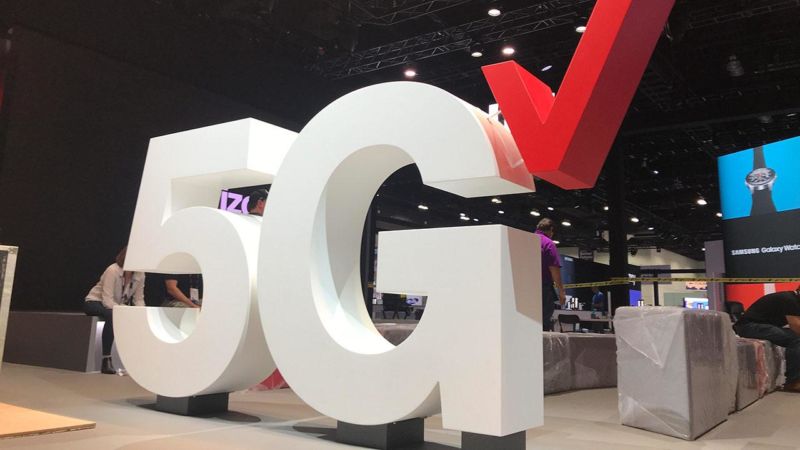
reader comments
38 with 28 posters participating
Verizon has made a deal to use Amazon’s low Earth orbit (LEO) satellites to add capacity to the Verizon cellular network and provide fixed-wireless Internet service in rural parts of the US. Verizon said it will use Amazon satellite connectivity for both consumers and large businesses.
There won’t be any immediate change to Verizon’s services because Amazon has said its Project Kuiper division won’t launch any satellites until at least 2023. The companies yesterday announced a “strategic collaboration” in which they “have begun to develop technical specifications and define preliminary commercial models for a range of connectivity services for US consumers and global enterprise customers operating in rural and remote locations around the world.”
Verizon already provides LTE home-Internet service in rural areas and 5G home-Internet service in urban areas. But availability is limited, and Verizon plans to use Amazon Kuiper to expand its fixed-wireless offerings.
“To begin, Amazon and Verizon will focus on expanding Verizon data networks using cellular backhaul solutions from Project Kuiper,” the Verizon announcement said. “The integration will leverage antenna development already in progress from the Project Kuiper team, and both engineering teams are now working together to define technical requirements to help extend fixed wireless coverage to rural and remote communities across the United States.” Using Kuiper for cellular backhaul will “extend Verizon’s 4G/LTE and 5G data networks” in those rural and remote communities, Verizon said.
Verizon told CNET that Kuiper-powered service for customers is a “few years away” and that the deal is nonexclusive for both Verizon and Amazon. Verizon could thus partner with additional satellite companies, and Amazon could offer its satellite connectivity to other cellular carriers. Verizon also said it intends to use Amazon Kuiper “to make the entire map of the US red”—in other words, to fill in coverage gaps where Verizon’s wireless connectivity is weak or nonexistent.
While the Verizon/Amazon plans are vague now since they’re still in an early stage, the companies said they will “explore joint connectivity solutions for domestic and global enterprises across agriculture, energy, manufacturing, education, emergency response, transportation and other industries.”
Amazon plans to use Kuiper to “serve individual households, as well as schools, hospitals, businesses and other organizations operating in places where Internet access is limited or unavailable,” the announcement noted. Amazon has US approval to launch 3,236 low Earth orbit satellites and says it plans to invest more than $10 billion in the project. By contrast, SpaceX Starlink has been providing LEO satellite Internet service in beta for about a year, and SpaceX CEO Elon Musk said the service will come out of beta this month.






